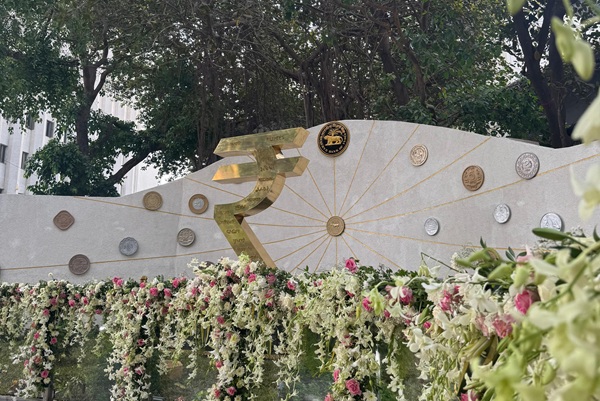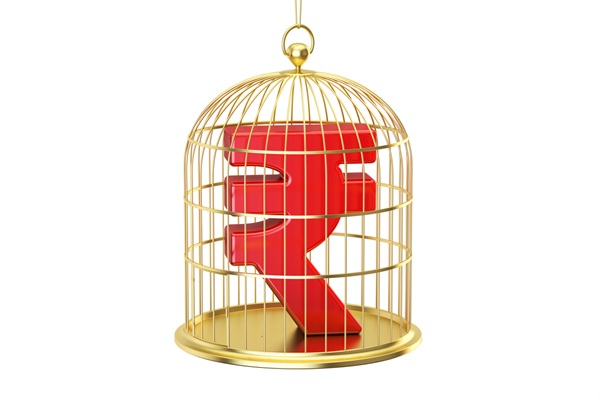.png)
November 26, 2025 at 4:11 PM IST
The International Monetary Fund has reclassified India’s “de facto” exchange-rate regime as a “crawl-like arrangement”, marking a shift from its 2023 assessment that described the framework as a “stabilised arrangement”. The change follows the IMF’s conclusion of Article IV review, during which the Fund evaluated the Reserve Bank of India’s approach to managing the rupee amid renewed volatility pressures.
In its staff report, the IMF said the rupee’s exchange rate is determined in the interbank market, although the Reserve Bank of India “intervenes frequently” with the stated objective of curbing “excessive volatility”. The Fund stressed that the classification reflects statistical patterns in the currency’s past movements and “does not imply statements or views on future or intended policies”. It also does not signal any policy commitment from Indian authorities.
A crawl-like arrangement typically involves gradual, small adjustments to a currency to keep it aligned with inflation gaps or other macroeconomic anchors. According to IMF publications, such systems preserve limited flexibility while preventing sharp misalignments with major trading partners. The reclassification comes as the rupee faces renewed depreciation pressures, having touched a record low last week before RBI intervention helped stabilise the market.
The shift also coincides with more pronounced market-driven trading conditions. Since Governor Sanjay Malhotra took office in December last year, the rupee has displayed greater day-to-day volatility, which contrasts with the final months of his predecessor, Shaktikanta Das. During that period, the central bank had relied extensively on India’s reserves to manage fluctuations. India’s foreign-exchange reserves remain among the world’s largest at nearly $700 billion.
Indian authorities have previously pushed back against the IMF’s characterisation of the country’s exchange-rate framework. In 2023, they disputed the Fund’s label of a stabilised arrangement, arguing that interventions were limited to tempering volatility rather than maintaining any specific level for the currency.
The IMF also assessed external risks, noting that rising US tariffs would weigh on India’s exports but said the overall macroeconomic impact should remain “manageable”. Strong domestic demand and substantial reserves provide additional buffers, according to the Fund.
Also Read:
* India’s Exchange Rate Regime Faces a Moment of Truth




